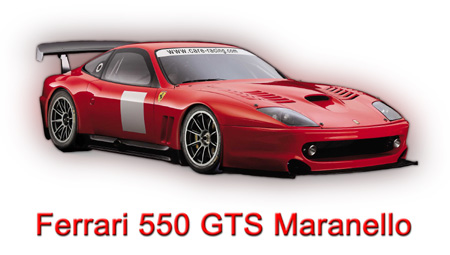I consider Bob Lutz to be the epitome of the designer/product guy as business person. He gets great product at an elemental, instinctive level, and couples that facility with deep execution skills in the business arena. As evidenced by the changes he’s wrought at GM (400 horsepower, 6-speed Cadillacs!), he’s a walking, talking example of what happens when you smash Knowing-Doing gaps to oblivion.
And how can you resist the dissonant charm of a Cohiba-puffing, Cobra-driving, jet-flying ardent vegetarian?
Lutz’s "Strong-Held Beliefs" memo, published upon his arrival at GM, is a classic piece of product development wisdom. Here are the big ideas:
Strongly-Held Beliefs, by Bob Lutz
1. The best corporate culture is the one that produces, over time, the best results for shareholders.
2. Product portfolio creation is partly disciplined planning, but partly spontaneous, inspired all-new thinking.
3. There are no significant unfilled "Consumer Needs" in the U.S. car and truck market (except in the commercial arena).
4. The VLEs (vehicle line executives) must be the tough gatekeepers on program cost, content, and investment levels.
5. Much of today’s content is useless in terms of triggering purchase decisions.
6. Design’s Role Needs to be Greater.
7. Complexity-reduction is a noble goal, but it is not an overriding corporate goal.
8. We all need to question things that inhibit our drive for exceptional, "turn-on" products.
9. It’s better to have Manufacturing lose ground in the Harbour Report, building high net-margin vehicles with many more hours, than being best in the world building low-hour vehicles that we make a loss on.
10. We need to recognize that everything is a trade-off, that we can’t maximize the performance of any one function to the detriment of overall profit maximization.
11. Remember the Bob Lutz motto: "Often wrong, but seldom in doubt."
See the full memo here

